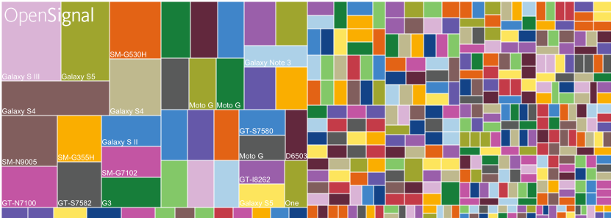Time’s flying, this is already the 30th issue of my software testing reading recommendations. So far I recommended over 150 links to blog posts, podcasts or videos. I got lots of great feedback from my readers about this format on my blog. This issue contains again 7 very interesting posts about different topics. Lisa Crispins describes her learnings from the Agile 2015 conference. Neil Studd is writing about how to motivate testers. Furthermore there are posts about “Where do Testers go with Agile”, “Barcode detection in Play Services”, “Testing early vs. late”, “10 Ways to hire niche employees” and another post about “Automated tests do not improve your testing process”.
Enjoy reading the posts and send me posts that are worth reading and I will mention you and link to your social links or blog.
 | (Some of) what I learned at Agile 2015 – Agile Testing with Lisa Crispin |
| Source: lisacrispin.com/2015/08/09/some-of-what-i-learned-at-agile-2015 | |




